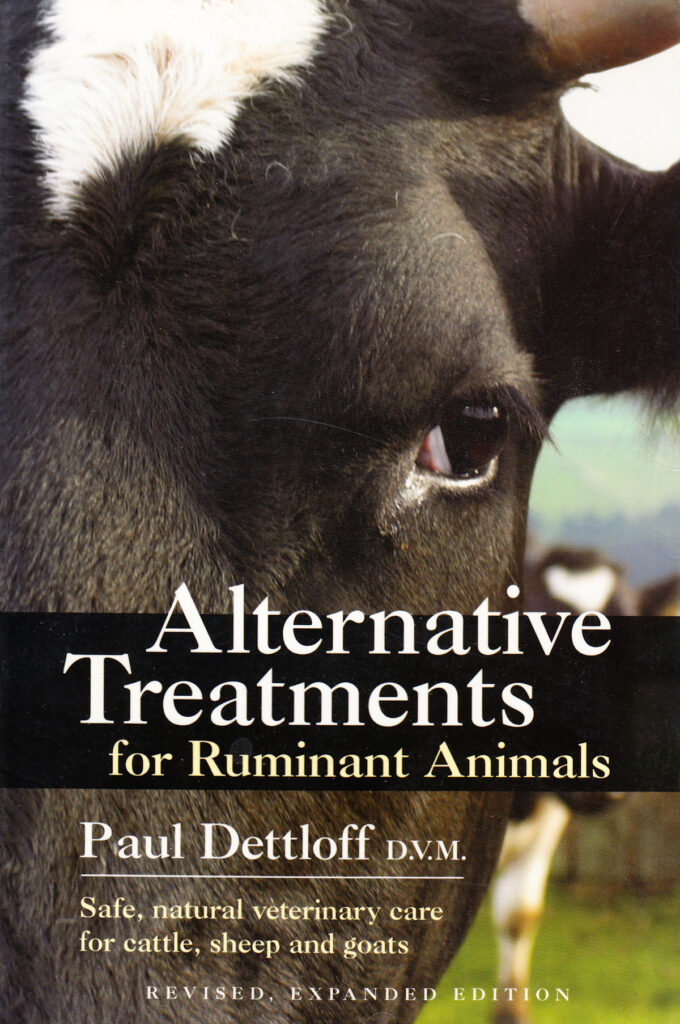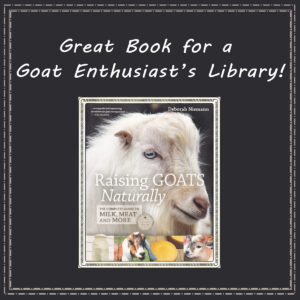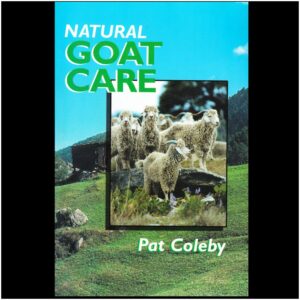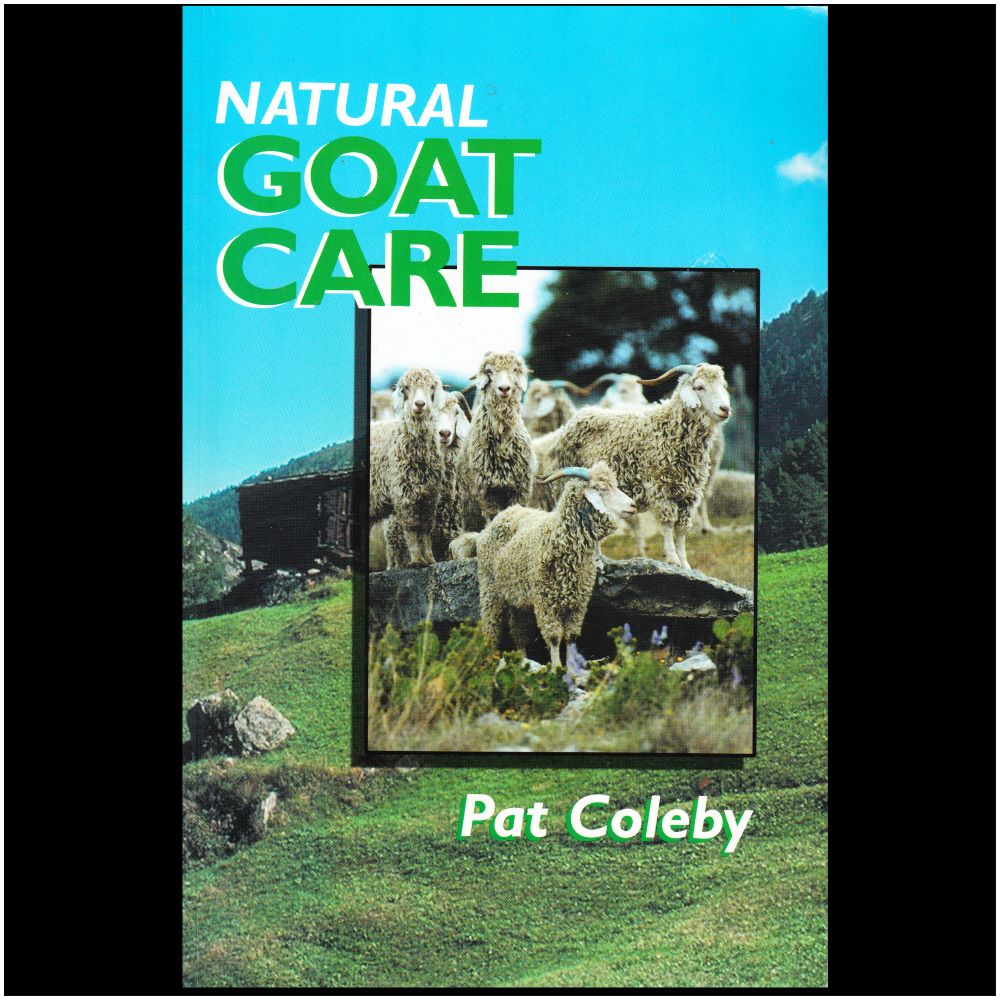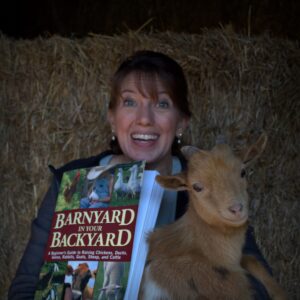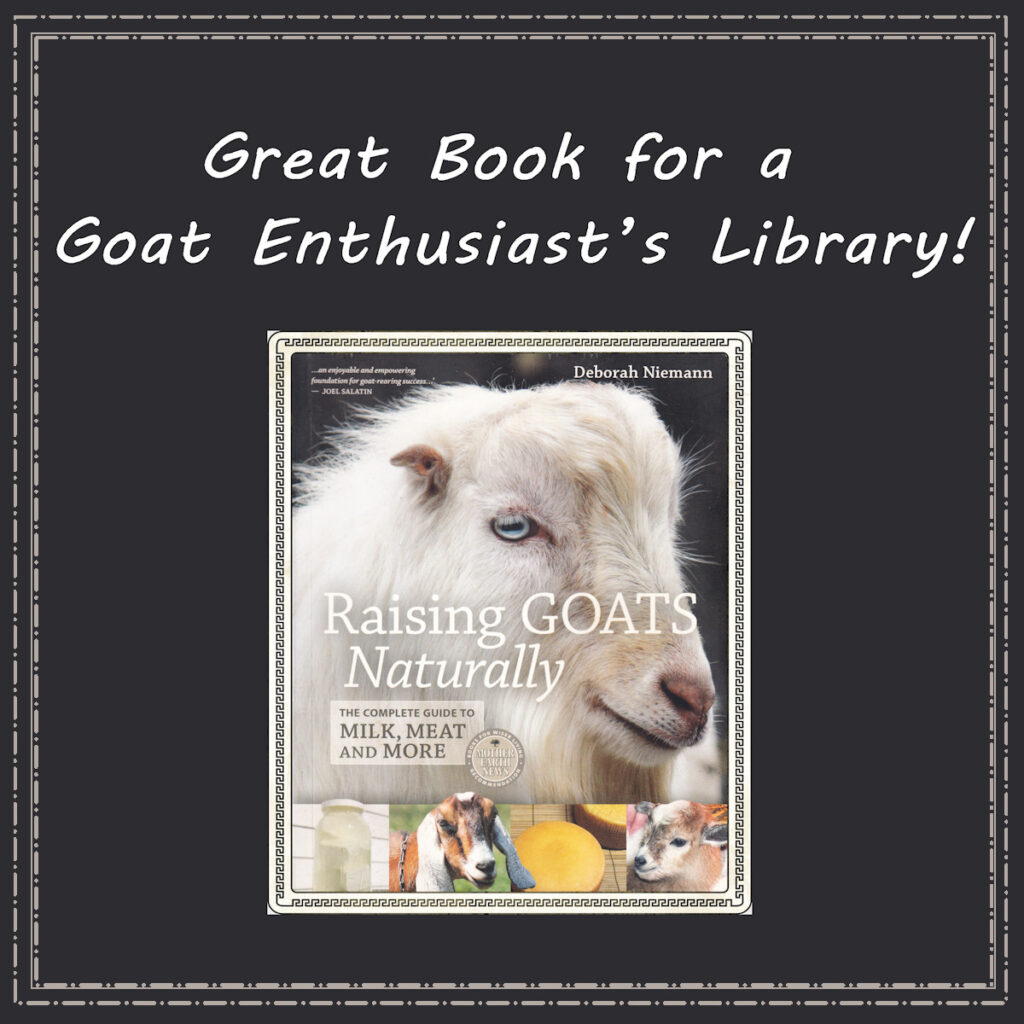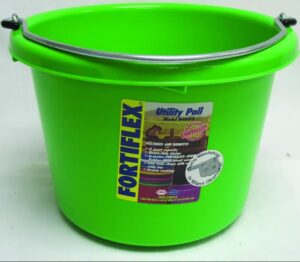Alternative Treatments for Ruminant Animals
Alternative Treatments for Ruminant Animals
Last Updated: December 29, 2024
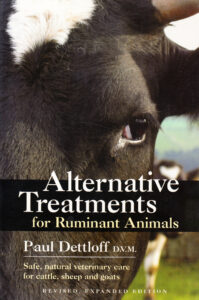
This is an affiliate link which means that by clicking on the link, Pioneer Mountain Homestead, LLC may receive a commission at no direct cost to you.
Book Review:
Alternative Treatments for Ruminant Animals by Paul Dettloff, DVM
Paul Dettloff’s Alternative Treatments for Ruminant Animals provides a practical guide to addressing the health and well-being of ruminants—primarily dairy cattle, beef cattle, sheep, and goats—using alternative and more holistic approaches. As a veterinarian with decades of experience, Dettloff bridges the gap between traditional veterinary medicine and alternative treatments, offering readers a wealth of knowledge rooted in both science and practical application.
Structure and Content
The book is organized into 11 chapters, each addressing a critical system or issue relevant to ruminant health. Dettloff’s approach is thorough, blending insights with discussions of alternative therapies:
Digestive System
This foundational chapter explores the complexities of ruminant digestion and common ailments like bloat, acidosis, and indigestion. Dettloff introduces herbal remedies, probiotics, and dietary adjustments as primary interventions.Reproduction and Related Ailments
Covering fertility issues, birthing complications, and postpartum care, this chapter emphasizes prevention through nutrition and herbal treatments. It highlights how stress reduction and proper feeding can improve reproductive health.Respiratory System
Natural treatments for pneumonia, and other respiratory conditions are presented. Treatments include teas, herbs, and supplements.Nervous System
This chapter offers insights into addressing stress, neurological disorders, and behavioral problems. Herbs, vitamins, and environmental changes are discussed as natural ways to calm nervous animals.Urinary System
Covering issues such as kidney/bladder infections and urinary tract problems, Dettloff provides practical advice on prevention and treatment through diet, hydration, and herbs.Skin
Skin conditions are tackled with natural remedies, including vitamins, essential oils, herbs, and dietary changes to enhance skin health.Circulatory and Lymphatic System
Focused on improving overall health, this chapter highlights circulatory enhancers and lymphatic cleansers, including homeopathic and herbal remedies.Musculoskeletal System
From arthritis to injuries, Dettloff outlines natural pain relief and recovery methods using environmental changes, herbs, nutritional support, and other methods.Endocrine System
The chapter emphasizes supporting endocrine health through various means including trace minerals and vitamins.Immune System
Dettloff provides a detailed discussion on boosting immunity, focusing on environmental issues and natural changes to gain better health.Nosodes
This final chapter introduces nosodes, homeopathic preparations used as alternatives to traditional vaccines, explaining their potential applications.
Highlights
Holistic Approach: Dettloff emphasizes the interconnectedness of animal health systems, advocating for prevention and natural care rather than reliance on chemical interventions.
Practical Remedies: The book is filled with actionable advice, making it an excellent resource for both novice and experienced ruminant keepers.
Scientific Basis: Dettloff provides clear explanations of ruminant anatomy and physiology, grounding his alternative treatments in veterinary science.
Conclusion
Alternative Treatments for Ruminant Animals is an indispensable guide for anyone interested in natural animal care. Its practical approach and focus on holistic treatments make it particularly valuable for farmers and homesteaders seeking sustainable, low-intervention methods to maintain the health of their herds. Paul Dettloff’s experience and passion for alternative veterinary care shine throughout this well-structured and informative book.
– Review by Bren at Pioneer Mountain Homestead
Other products or information you may be interested in:
Disclosure of Material Connection: Some of the links in this page or post may be “affiliate links”. This means that if you click on the link, Pioneer Mountain Homestead, LLC may receive an affiliate commission at no direct cost to you. Pioneer Mountain Homestead, LLC only recommends products or services that the owners, managers, or employees of Pioneer Mountain Homestead, LLC use or believe will add value to the readers of this website. This disclosure is made with the Federal Trade Commission’s 16 CFR, Part 255: “Guides Concerning the Use of Endorsements and Testimonials in Advertising.”
